Jeep Compass Trailhawk vs Honda CR-V AWD + Isuzu D-Max V-Cross: Comparison
With the Jeep Compass Trailhawk, the American automaker has vastly improved the off-road capabilities of the Compass. The Honda CR-V and Isuzu D-Max V-Cross, on the other hand, are two very capable cars on dirt and tarmac. So, can the Jeep fend off its rivals? Let's find out.
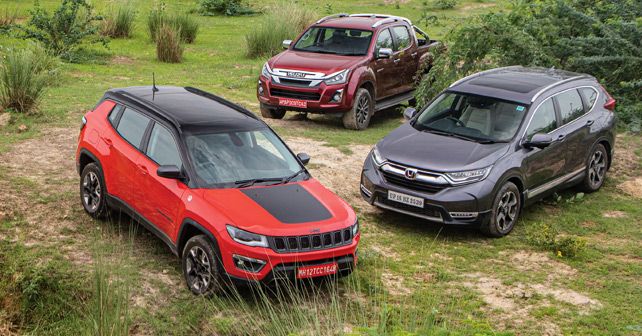
Is the Jeep Compass Trailhawk truly the raw and battle-ready off-roader that it’s made out to be? And what about its on-road performance? We hit the dirt trail and tarmac to find out.
Jeep has gone to town with the Compass Trailhawk. The idea was to make it appealing to off-road enthusiasts. But the Trailhawk is not just a simple off-roader, it’s an off-roader with Jeep’s famous ‘Trail Rated’ badge. For those who don’t know, the Trail Rated badge means that the vehicle in question has passed severe tests for traction, manoeuvrability, ground clearance, water fording, and suspension articulation.
The Compass Trailhawk, like the standard model, also comes with all-wheel-drive (of course), which has been further developed for better off-road performance. It also now comes with a new automatic gearbox.
To further improve its off-road abilities, the Trailhawk has a 205mm ride height (30mm higher than the standard model) and a higher approach angle (26.5 degrees), ramp over angle (21.2 degrees) and departure angle (31.6 degrees). All this gives the Trailhawk a better off-road stance, but does it, in turn, hamper it’s on-road performance?

To better assess the Trailhawk’s performance on the road, we decided to include one of its direct rivals – a similarly priced crossover SUV, the Honda CR-V. The CR-V too comes with a computer-controlled AWD system and has the same ZF 9-speed automatic gearbox as the Compass.
But the similarities end there, as the CR-V is a much larger vehicle. It even has seven seats, and the moment you step inside the cabin, the sheer space – the headroom, shoulder room and legroom – simply amazes you.
The CR-V is all about uncompromised comfort. The cabin feels very inviting, with its dual-tone colour theme and faux-wood inserts all around. High-quality beige leather generously covers everything – even the centre console has leather padding for the front seat occupants to rest their legs on. The cabin is airy and the seats are wonderfully supportive – and I love the electronic bolster adjust for the driver’s seat.
That’s the thing about the CR-V, it spoils you silly with numerous features designed to make the drive stress-free, such as the brake-hold function and button-operated transmission controls – a sacrilege for enthusiasts, but an unbelievably convenient feature. But, like all things great, it too has a problem – namely the third row, which is fairly cramped and is best reserved for children, and that too for only short commutes.
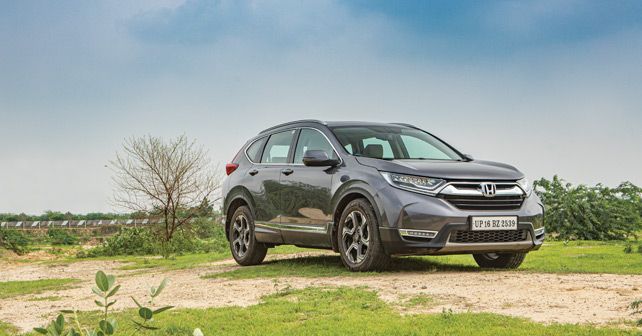
Smooth sailing
Hit the engine start button and depress the Drive button, and you instantly notice that the ZF gearbox does a brilliant job of masking turbo lag, making the CR-V quite smooth to drive. It’s ideal for driving in the city, owing to its seamless power delivery, fantastic visibility, light steering and seamless gearbox. You really can’t ask for more – the brake hold function even relieves you from working the gearbox buttons at traffic lights.
But the problem with the CR-V becomes apparent when you hit the highway. When you open the taps, the relatively small 1.6-litre engine’s 118bhp simply isn’t enough to give it a strong mid-range, which is typically the preserve of diesel engines. You really feel the need for more power. Now, the ZF gearbox comes to the rescue here, for the Sport mode allows the engine to rev more freely, the gearshifts become faster, and the gears are held for longer to keep the engine in the meat of the powerband. Downshifts are quick too in Sport mode.
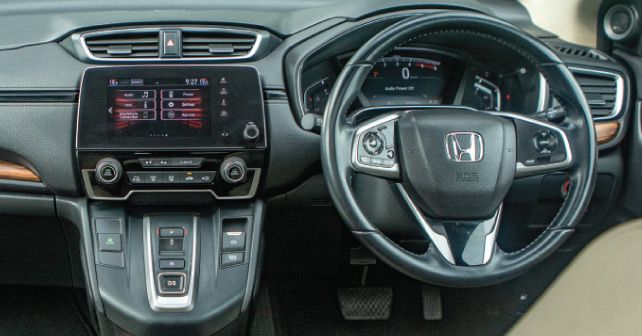
And if you’re seeking a more engaging driving experience, you can always use the paddle shifters behind the steering wheel to take manual control of the gearshifts. The CR-V handles brilliantly over fast sweeping bends at high speeds, but it’s the steering feedback that leaves you wanting for more. Overall, the CR-V is actually a whole lot of fun to drive – as long as you don’t intend to push it as if it were a sports car.
Trailhawk transformation
Now, in terms of on-road driving dynamics, the Jeep Compass has always impressed, with its phenomenal suspension and steering setup – which allows you to enter and exit bends at high speed, while dismissing mid-corner bumps effortlessly. However, for better or worse, the Trailhawk isn’t quite as surefooted.
You see, when you raise a car’s suspension, there’s bound to be a side effect – namely body roll. Compared to the standard model, the Trailhawk’s body roll feels fairly pronounced – which means that you have to work the steering wheel that much more to keep it in line around bends. You can constantly feel the weight of the car shifting through the steering wheel.
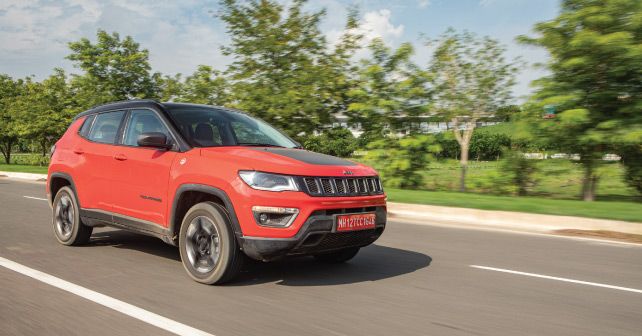
In short, the Trailhawk loses some of the on-road composure of the standard Compass. Keep it in a straight line though, and its larger 2.0-litre, 170bhp engine delivers a solid punch in the mid-range, unlike the Honda’s 1.6-litre unit. But, here again, the gearbox is slow to respond. And the Jeep doesn’t have Sport mode to hurry it up either – nor does it have paddle shifters.
So, what do you do? Well, you work the gear lever in Tiptronic mode for faster manual shifts. And, to be honest, the Tiptronic mode works well and makes the transmission as responsive as it ought to be.
The Trailhawk, however, really shines when it comes to ride comfort. You can pretty much throw it around on the worst roads that India has to offer, and the Trailhawk will quietly devour all of it. Thanks also to the higher approach, departure and ramp-over angles, you can drop the car into the deepest potholes without worrying – for the suspension simply cushions everything in an unbelievably silent and comfortable manner. And since the front bumper is quite high now, you have nothing to worry about.

Other highlights of the Compass Trailhawk include its high-quality build and fit-and-finish, a better infotainment screen than the standard model, an all-black interior with red inserts, and a very comfortable second-row seat. The cushions for the rear seats have great under-thigh support, while the backrests are nicely contoured to support your back.
Factor in the incredible ride comfort of the Trailhawk, and the rear seat becomes a nice place to spend time in. The only let-down here is that you might feel a bit cramped compared with the CR-V. Plus, visibility from the rear seat is a little constricted as well. Although, the dual-panel sunroof helps in this regard.
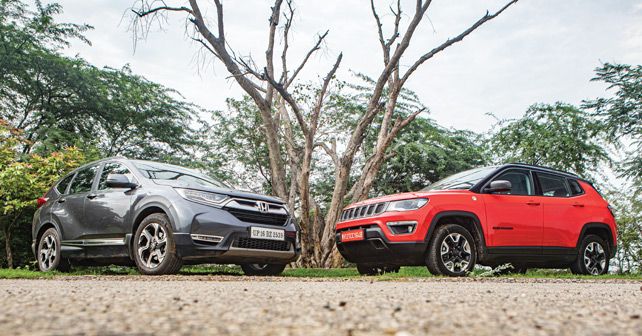
Different strokes for different folks
The Compass Trailhawk and the CR-V are very different types of crossover SUVs, with entirely different priorities. The CR-V is all about comfort and pampering its occupants, be it in terms of ride quality, handling or driveability. The Trailhawk, on the other hand, is for those who seek the comfort of a crossover but need to deal with the rough stuff on ocassion.
Pay close attention
It’s now time to find out if that Trail Rated badge makes any difference in terms of the off-road ability of the Jeep Compass. And if so, to what extent? Now, pay close attention, for we’re entering the complex world of automotive jargon.
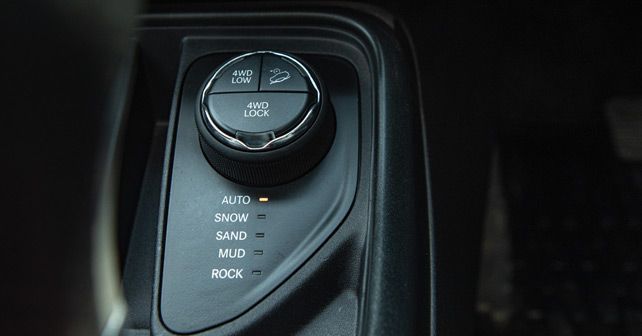
The Trailhawk’s superior AWD system, as compared to the standard model, features an AWD Lock that allows the transmission to send power to all four wheels up to certain speeds (just like in the standard AWD model). There is the new AWD Low button (or 4WD Low as Jeep likes to call it), which locks the 9-speed autobox in first gear to give you more torque. This is then multiplied by the axle ratio to achieve a higher crawl ratio in AWD Low mode. Never mind the jargon, what you need to know is that it works!
But the difference between an All-Wheel-Drive system and a Four-Wheel-Drive (4WD) system is evident. You see, a 4WD system has a transfer case with two additional gear speeds in a separate gearbox, which significantly increases the twisting force sent to the wheels. As a result, the crawl ratio for 4WD models is far higher than AWD models, as the first gear ratio from the primary gearbox is multiplied first by the low gear wheel of the transfer case and then by the axle ratio.
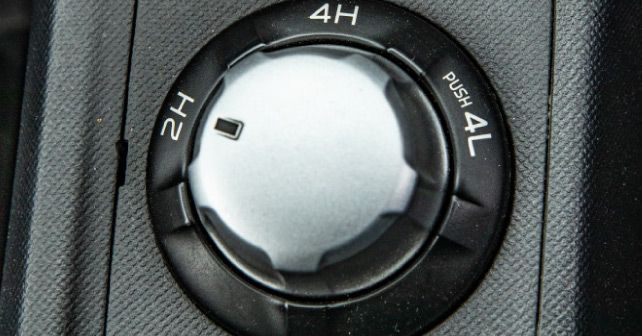
So, the Wrangler Rubicon Rock-Trac has a crawl ratio of 84:1, as opposed to 20:1 for the Compass. And, for this very reason, an electronic AWD system is no match for a traditional mechanical 4WD system’s torque multiplication.
To show you just how much of a difference this makes over a simple off-road obstacle – a cross axle uphill incline, for instance – we’ve brought a 4WD model along for the ride. On an incline such as this, it’s not enough for a car’s drivetrain to merely carry the weight of the vehicle – it should also be able to work against the added stress of gravity to pull the car up the hill when one or more wheels may not have adequate traction.
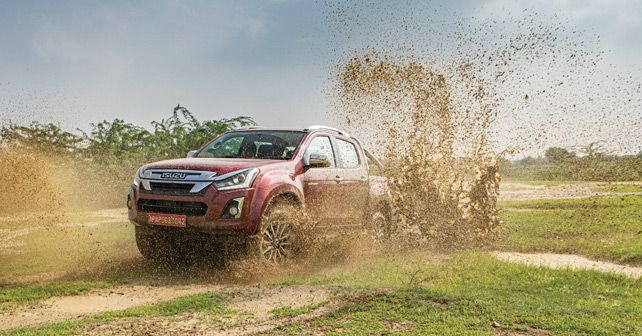
First up is the Isuzu D-Max V-Cross, with its Four-Wheel-Drive system. Slot the primary gearbox into neutral, engage 4WD Low, and shift into first gear, and you can hear the engine howl as you start the uphill climb. At this point, because each wheel has such high torque working on it, via uninterrupted mechanical power flowing from the engine through the gearbox, transfer case and axles, the car simply pulls itself up the incline even if one wheel loses traction momentarily or is in the air. The power of 4WD – it’s addictive!
Next up is the Compass Trailhawk. Slot the primary gearbox in D and depress the AWD Lock and AWD Low, and you become aware of slightly higher engine noise, as the primary first gear ratio is fairly short – it’s 4.70:1. An important point to note here is that the ZF 9-speed in the Trailhawk does not use first gear and just sets off in a higher gear under normal driving conditions. So, you’re never really aware of how short first gear really is.
Nevertheless, as you set off in AWD Low, you can feel the added torque advantage, but as you continue to drive up the incline, if the wheels lose stable traction, the AWD system will cut power to all wheels momentarily – before magically sending a surge of power to each wheel to allow the Compass to scale the incline with absolute ease.
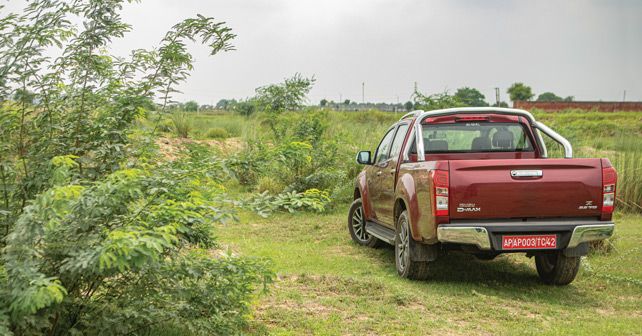
So, while the Trailhawk does feel impressive, driving it on this little incline revealed a very relevant factor of the Jeep AWD system. You see, while off-roading, you encounter certain situations when momentum is key to not getting stuck on loose and slippery surfaces. Now, if the power supply to the wheels is interrupted, the vehicle may bog down.
In fact, even a 4WD vehicle can get stuck in such cases, but a 4WD system’s mechanical energy is not interrupted by anything other than the driver’s right foot. Also, it offers more twisting force to push the weight of the car up the incline.
That aside, the Jeep Compass Trailhawk is a great off-roader – with its compact footprint, relative light weight, and excellent approach, departure, and ramp-over angles. Not to mention its 0.2-inch thick high-strength steel skid plates that protect the engine, gearbox, exhaust and fuel tank.
So, unlike the standard model, the Trailhawk is capable of some tough off-roading. All it needs is a transfer case to become a legendary off-roader. But a crossover SUV by design cannot accommodate a low ratio box. But, as a vehicle that performs well on both tarmac and the dirt trail, there’s nothing better than the Compass Trailhawk.
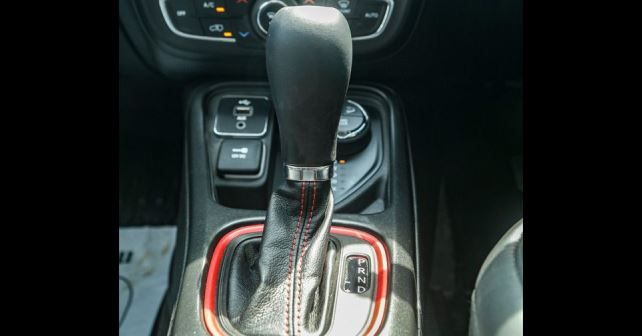
In addition to the standard model’s AWD Lock and multiple off-road drive modes, the Trailhawk has a 4WD Low button that essentially locks the 9-Speed automatic gearbox in first gear. It also gets hill descent control.
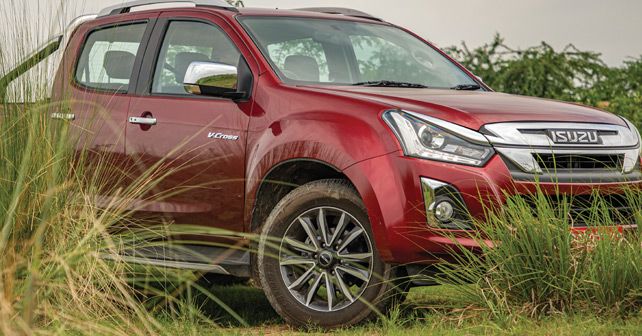
A 4x4 system, such as the one in the D-Max V-Cross, significantly bumps up the engine’s twisting force in 4WD Low, to give it impressive traction and go-anywhere ability.
Also read - Isuzu D-Max V-Cross Automatic Review
Kodiaq vs Tiguan vs Compass vs Hexa vs MU-X vs Endeavour: Comparison
Engine: 1,956cc / In-line 4-Cylinders / Turbocharged
Fuel: Diesel
Transmission: 9-Speed Automatic / All-Wheel Drive
Power: 350Nm @ 1,750rpm
Torque: 210Nm @ 4,200-4,400rpm
Price: ₹27.60 lakh (Ex-showroom, Delhi)
X-factor: The most capable off-road vehicle in its segment.
| Pros • Off-road ability • Ride comfort | Cons • Body roll • No Sport mode |


.webp)

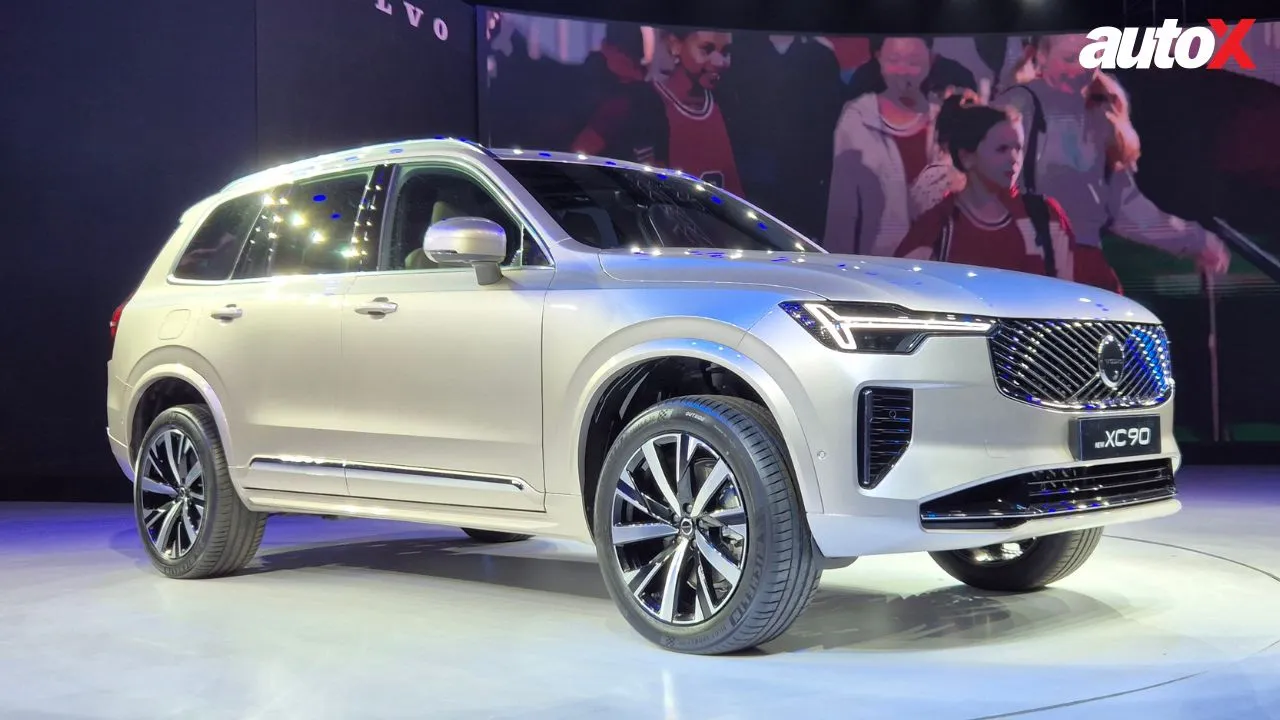

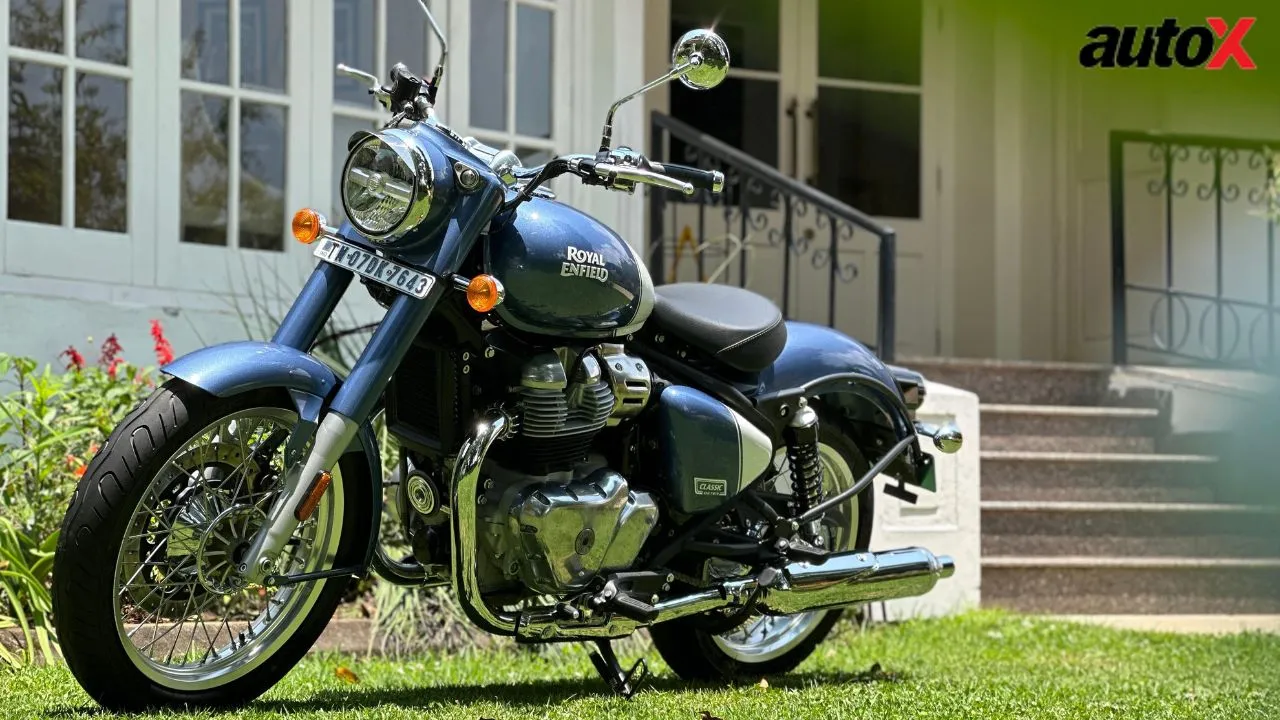
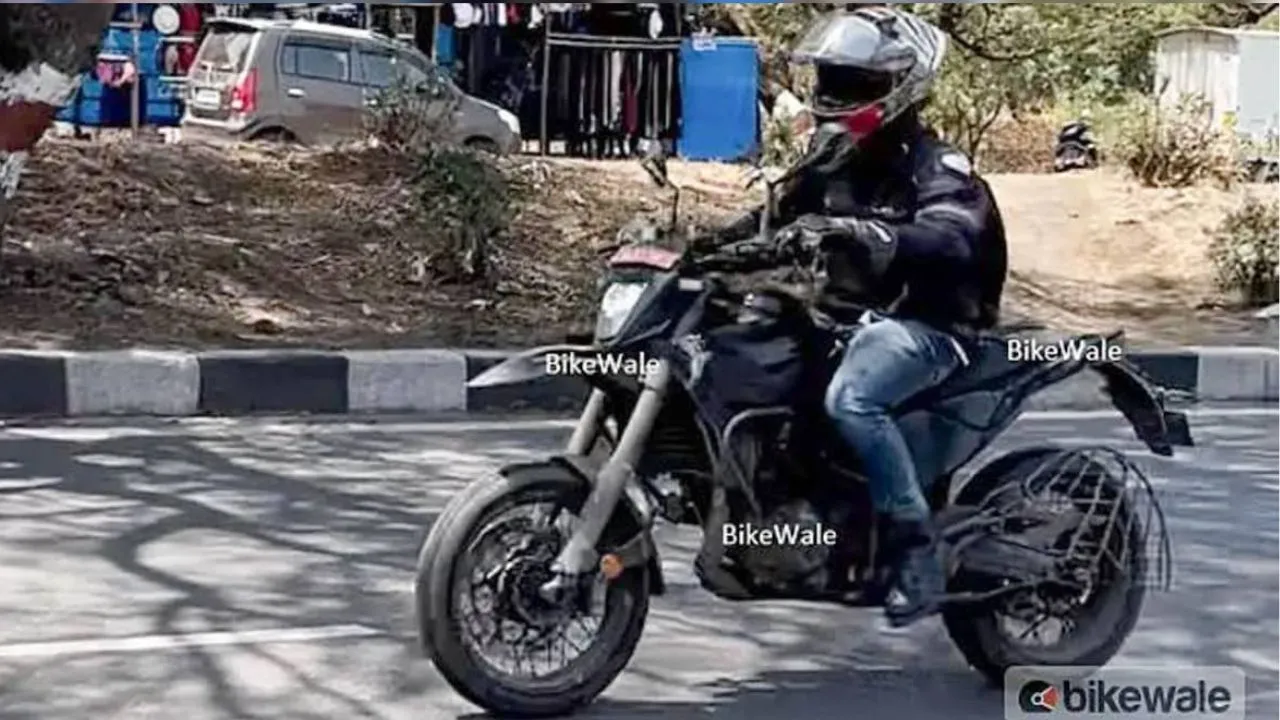
-(1).webp)



















Write your Comment on